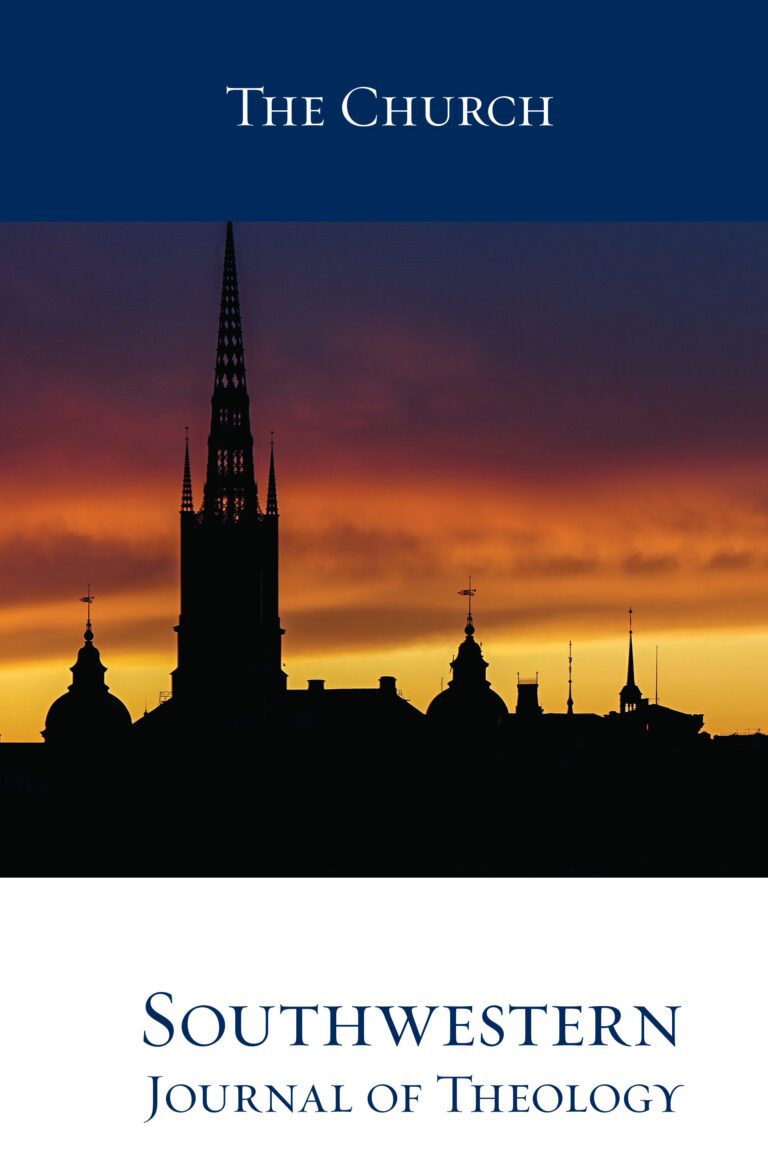
The Church
Southwestern Journal of Theology
Volume 61, No. 1 – Fall 2018
Editor: W. Madison Grace II
By Richard J. Gibson and Constantine R. Campbell. Grand Rapids: Zondervan, 2017. 144 pages, Hardcover, $34.99.
Reading Biblical Greek Workbook: A Translation Guide to Mark 1–4. By Richard J. Gibson and Constantine R. Campbell. Grand Rapids: Zondervan, 2017. 112 pages, Paperback, $12.99.
Reading Biblical Greek: Video Lectures. By Constantine Campbell. DVD. Grand Rapids, Zondervan, 2017. $124.99.
With this new Greek textbook and its accompanying workbook and instructional DVDs, the authors Gibson and Campbell offer a fresh, different approach to teaching Greek, by presenting a new curriculum consisting of 83 lessons in total and 83 video sessions that are on the accompanying DVDs. The large number of lessons makes each lesson noticeably short, keeping material manageable at each step. The explanation of the approach is clear in the first lesson, which shows that each page correlates to one lesson that is divided into three sections for (1) learning each new topic, (2) material for memorization and (3) examples and exercise.
From the onset, there is a brief lesson on the history of Greek along with lessons for the alphabet and pronunciation. The authors are aware of both Erasmian and modern pronunciations, but in the end, leaves the final decision to the instructor. A short lesson on manuscripts provides an appropriate amount of cursory material for textual criticism. Lessons explaining basic grammar then follow from lesson 13 and on. Each video lesson, recorded by Campbell, lasts approximately six minutes—helpful for an audio-visual demonstration of the material in the book. Campbell is clear in his explanations and well-paced.
The vocabulary work begins from lesson 8 and continues sporadically in the book (the next one is in lesson 15). Each vocabulary section is in small portions with about 20 in number. The list is taken directly from Mark, which is helpful for students to get acquainted with biblical texts quickly, and the curriculum prompts the audience to start memorizing words in lesson 8.
The noticeable strength of this curriculum is the workbook, which assists students in translating Mark 1–4. By utilizing the lessons in the grammar book, students are encouraged to read through the Greek text with the vocabulary glossed with all parsing information available to the student for translating the Greek. To the right of the passage on the following page is an area for students to write down their own translation using the provided information. Unfortunately, the students will not get to the workbook until lesson 42. Perhaps, the students could be introduced to the text sooner if the Greek passages may be simplified at first with a gradual increase in difficulty, but then at that point, the students would not be reading the actual biblical text, which would lose the selling point of the curriculum.
Despite the tremendous task of covering first-year Greek in one book, the curriculum is very thorough in its scope and approach to Greek grammar. While the workbook gives ample opportunity to incorporate the grammar, much of the burden is still left to the students to learn the pronunciation and understand Greek syntax and hermeneutics of translating Greek. Video lessons are helpful, but students may need more interaction with the instructor to reinforce their language skills.
The curriculum will most likely last the full two semesters, which is the normal duration of study in a Bible college or seminary setting. Though no textbook is perfect, this textbook can be a great starting point to help students engage Greek at various levels of exegesis.
Since textbooks tend to improve over time with different editions, this curriculum has the potential to assist students examine the Greek at the textual level more quickly than the traditional stale trifecta of grammar, vocabulary, and exercises. Some areas that may improve this curriculum are as follows: 1) more Greek sentences to translate early on to reinforce the grammar, 2) the video lessons could be enhanced with vocabulary studies, and 3) a way to interact with other students online, which would be helpful for those trying to acquire Greek on their own.
Some prior exposure to an ancient language (e.g., Latin or Hebrew) would prepare the students in advance, but the curriculum does not insist on it being a requirement. Any student willing to put in the time and effort would in fact be adequately exposed to New Testament Greek for study and sermon preparation.





